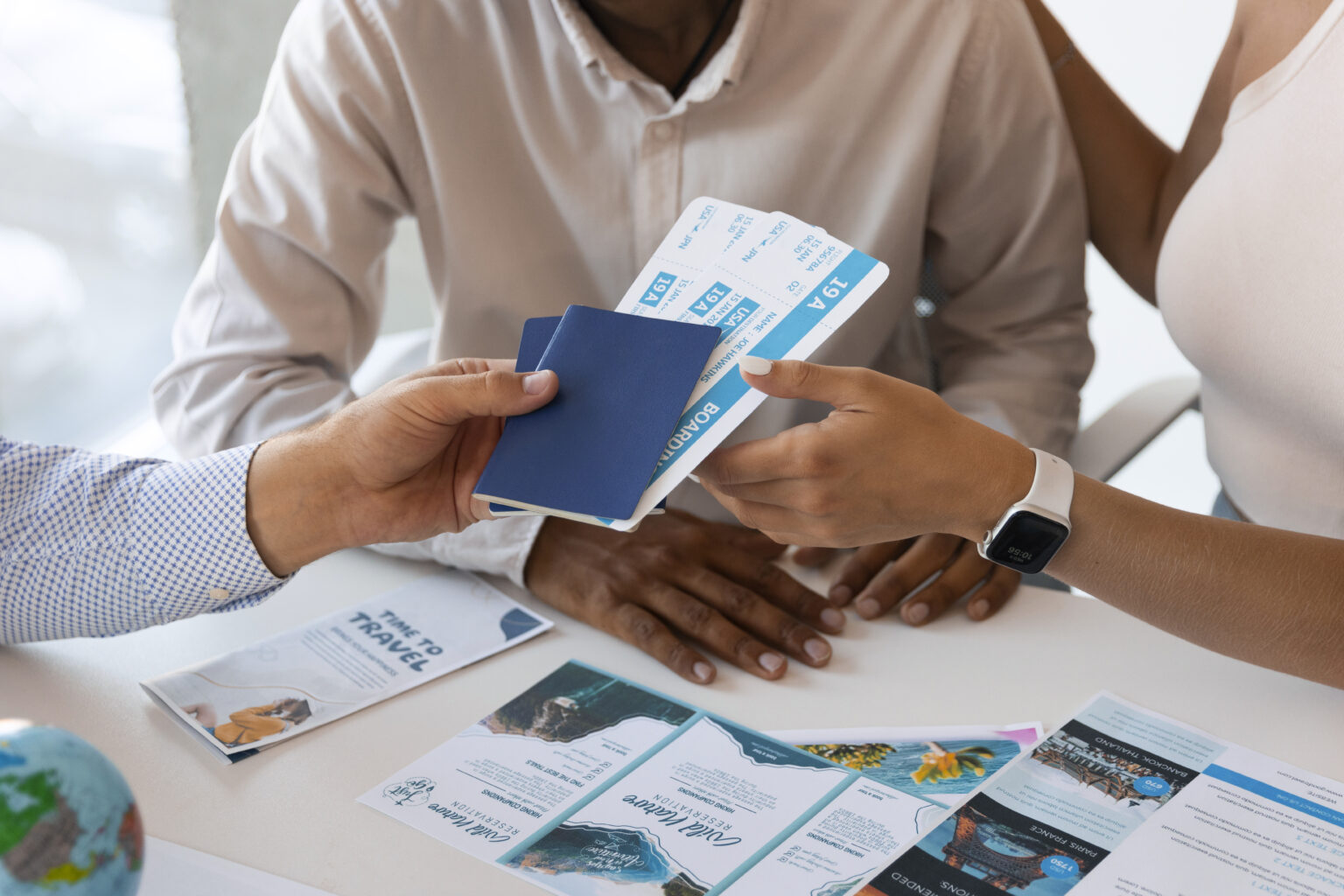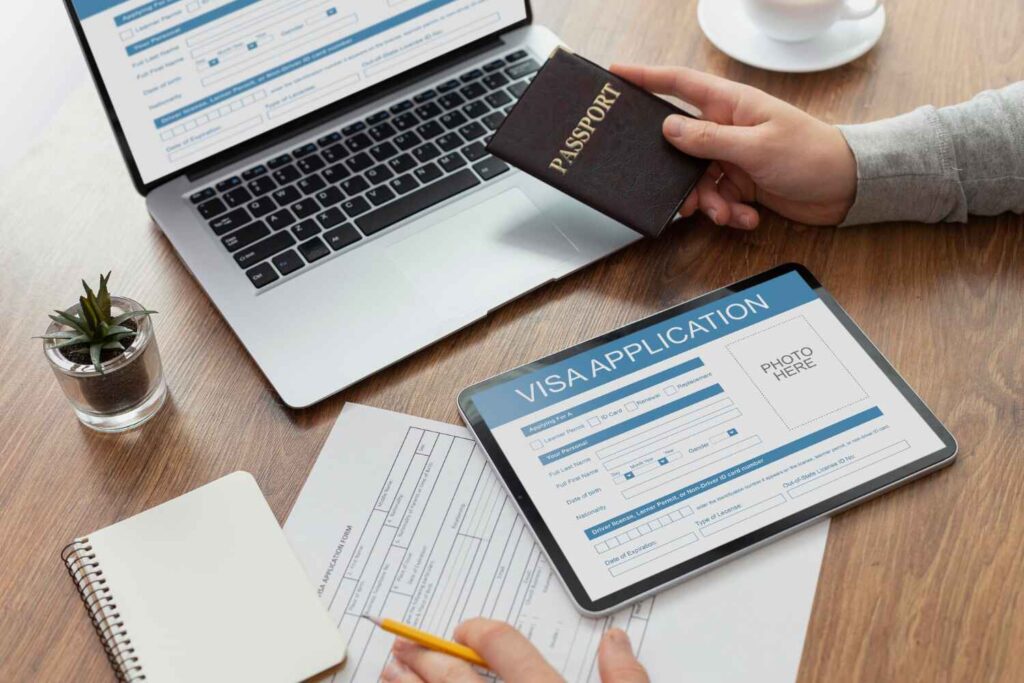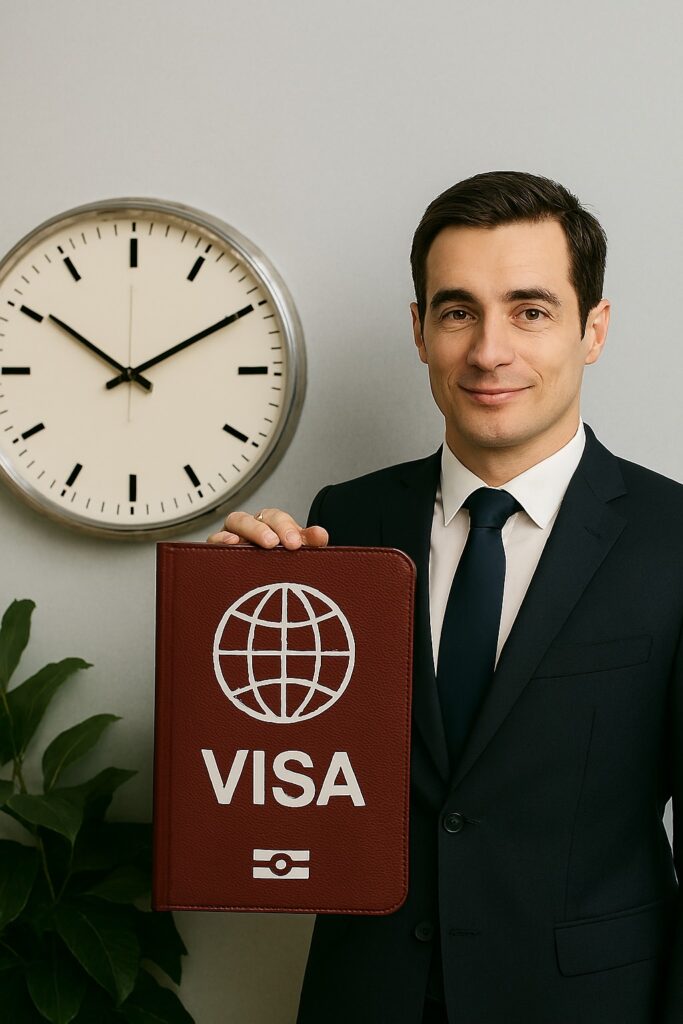Is your partner an Australian citizen, permanent resident, or eligible citizen? We’re here to help you unite your family legally and confidently through a Partner Visa Australia. Whether you’re already in the country or planning to join your loved one from overseas, our migration experts guide you through the complexities with clarity, care, and precision.
PARTNER / SPOUSE VISA
Apply for a Partner Visa Australia: Reunite with Your Loved One the Right Way

What Is a Partner Visa Australia?
A Partner Visa Australia lets the spouse or de facto partner of an eligible sponsor live in Australia. It’s offered both onshore and offshore, depending on your current location and circumstances. We ensure the visa pathway is tailored to suit your relationship, timeline, and immigration goals.
Types of Partner and Spouse Visas
Choosing the right subclass is crucial for a successful application. Each subclass has unique eligibility criteria and processing pathways.
Visa Subclass |
Summary |
| Subclass 820 (Temporary Partner Visa) | Onshore application allowing partners to stay while processing. |
| Subclass 801 (Permanent Partner Visa) | Follows Subclass 820, granting permanent residency. |
| Subclass 309 (Provisional Partner Visa) | Offshore application for partners outside Australia. |
| Subclass 100 (Permanent Partner Visa) | Follows Subclass 309, leading to permanent residency. |
| Prospective Marriage Visa (Subclass 300) | For fiancé(e)s intending to marry and apply later for partner visas. |

Who Can Apply?
You can apply for a partner visa Australia if you are:
- Legally married or in a de facto relationship for 12+ months
- Sponsored by your partner who is an eligible Australian/NZ citizen
- In a genuine, continuing relationship proven through documents, communication, joint finances, and shared commitments.
What Documents Are Required?
Compiling and organizing your documents can make or break your visa application. Here’s a checklist to guide you:
- Proof of identity (passports, birth certificates)
- Relationship evidence: lease agreements, shared bank accounts, photos, and travel
- Character documents: police certificates
- Health checks: medical exams, immunization records
- Sponsorship forms and declarations


Partner Visa Processing Time
Processing times vary depending on the subclass and relationship details. On average:
- Subclass 820 Visa: 21–28 months
- Subclass 801 Visa: 12–16 months after 820
- Subclass 309 Visa: 16–24 months
- Subclass 100 Visa: 12–18 months after 309
- Prospective Marriage Visa: 12–17 months
We ensure your application is thoroughly prepared to reduce unnecessary delays and address any legal issues early.
Common Pitfalls to Avoid
- Insufficient relationship evidence
- Missing statutory declarations
- Conflicting information across documents
- Incorrect subclass selection
- Ignoring updates to visa legislation
Avoiding these errors improves your chance of approval and minimizes processing headaches.
Frequently Asked Questions
Yes, if you’re on a bridging visa in relation to a Subclass 820 application, you can work lawfully in Australia while waiting for your visa outcome.
Yes. Australia is inclusive of same-sex relationships under both spouse and partner visa streams, with equal rights and access to residency through the migration system.
The government charge begins at AUD $9,365. You may have further costs depending on subclass, inclusions for family, health examinations, and if you are applying onshore or offshore.
The applicant has to provide evidence of a genuine and ongoing relationship, pass health and character requirements, and be sponsored by his or her Australian spouse or partner.
Typical partner visa subclasses are Subclass 820/801 for onshore and Subclass 309/100 for offshore. Both have a temporary and permanent stage.
Yes, de facto partners can apply if they can prove they’ve lived together or had an enduring relationship for at least 12 months or satisfy exemption requirements.
Yes, the majority of partner visa routes begin with temporary residence and then move on to permanent residence following relationship confirmation within two years.
Yes, the Australian partner is needed to sponsor the applicant, agree to financially support them, and fulfill character and eligibility requirements during sponsorship.
Processing can take 12 to 24 months, depending upon subclass, completeness of application, relationship evidence, and whether or not further assessments are needed.
The visa could be impacted, but exceptions are made for family violence, partner death, or children involved. Legal counsel is advisable for complicated cases.
